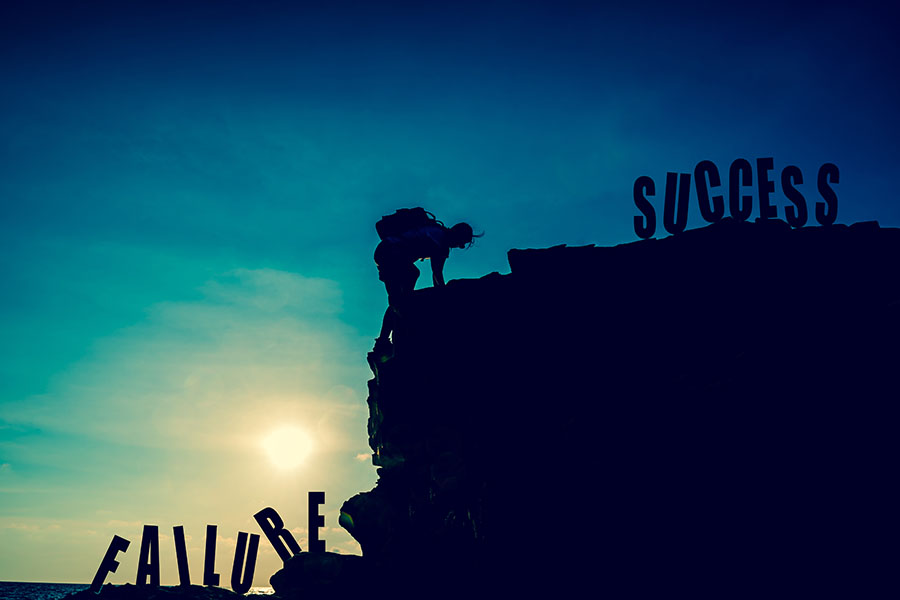Simply Speaking: BBC at 100 – A hundred years with lessons for all
The BBC’s global spread, cultural impact and soft-power are undeniable. But the century-old media brand is up against a new world. [siteorigin_widget class=”SiteOrigin_Widget_Image_Widget”][/siteorigin_widget] The BBC remains the world’s largest public service broadcaster with a total staff count of over 22,000, operating in over 70 countries. Its mission, laid down by Royal Charter, is to “act in the public interest,” champion impartiality, and “inform, educate and entertain.” (Image via Unsplash) In 2015-16, I was privileged to lead the revamping of the brand architecture for Star Sports as it moved to multiple channels across languages including a Hindi ‘Free To Air’ channel, Tamil channel, premium paid channels and so on. This is still its existing portfolio and brand identity. At the time, I had studied the example provided by Discovery, CNN and importantly, the BBC. I have continued to observe the transformations that media brands have made while navigating changes in technology and consumer habits. The BBC is an iconic brand in that group earnestly trying to keep its proposition relevant worldwide. As in the case of many pioneering media mastheads, it conforms to the ‘Sage’ archetype. Established on 18 October 1922, the BBC has completed a hundred years of existence. The British Broadcasting Company was established as a commercial broadcasting company in October 1922. Under Royal Charter, it became a public service broadcaster in 1927 and changed its name to British Broadcasting Corporation. It began broadcasting the world’s first regular high-definition television service from Alexandra Palace, London, on 2 November 1936. It remains the world’s largest public service broadcaster with a total staff count of over 22,000, operating in over 70 countries. Its mission, laid down by Royal Charter, is to “act in the public interest,” champion impartiality, and “inform, educate and entertain.” The BBC’s portfolio includes eight interactive TV channels, ten radio networks, and more than 50 local TV and radio services. The BBC World Service, established in 1932, reaches a global weekly audience of nearly 450 million and is considered by many to be one of the UK’s most important cultural contributions. From award-winning modern crime dramas such as Line of Duty to its beloved dramatization of classics such as Jane Austin’s Pride and Prejudice, the BBC is recognized and respected throughout the world. Anglophile or not, everyone nods an acknowledgement of the soft power represented by the BBC. Global programing and impact Perhaps no other institution is woven so deeply into the fabric of British national life as the BBC. It operates as an engine of ideas, risk-taking and ambition that powers Britain’s creative industries. It is the leading incubator of the UK’s story-telling talent. There is an exceptionally high correlation between places where people are aware of the BBC and places where people think positively about the UK. It operates in 42 languages from Korean to Punjabi to Pidgin. The global reach is on track to hit half a billion people by 2022 and over a billion by the end of the decade. [siteorigin_widget class=”SiteOrigin_Widget_Image_Widget”][/siteorigin_widget] At the height of World War II, the BBC launched what would become one of its most well-known radio programs – Desert Island Discs. Still aired to this day, celebrities would pretend to be ‘cast away’ on a desert island with nothing but eight musical tracks, one book, and one luxury item. The novel concept behind the show proved instantly popular with listeners who enjoyed getting to know the celebrities of the day, and their musical tastes, more intimately. The variety of programs and coverage continued to reach new heights throughout the 1940s. Still produced more than 75 years later, Women’s Hour would be the first radio program dedicated to issues affecting women at the time. Although the 1950s was a golden era for television, radio continued to entertain more people, and few radio programs have been more successful than The Archers. Set in the make-believe rural village of Ambridge, the show follows the life of several characters in the farming community and remains the longest-running soap opera in the world. Back in the world of television, Britain and much of the world were awe-struck to witness the coronation of Queen Elizabeth II. Her funeral was also courtesy the BBC all the way across the world. In 1967, BBC Two would become the first full-colour television service anywhere in the world, and the first event to be broadcast in colour was Tennis from Wimbledon. The world would watch one of the great documentary presenters of all time David Attenborough present Life on Earth in January 1979, a program that brought the natural world into people’s living rooms. The broadcaster and natural historian would go on to present landmark nature documentaries including, the Emmy award winning series Planet Earth as well as the Blue Planet series. The BBC’s coverage has cut across a spectrum. Be it the ‘Royal Wedding’ of Lady Diana Spencer and Prince Charles in 1980 watched by an estimated 750 million viewers in 74 countries or, later that decade, when BBC journalist Michael Buerk along with cameraman, Mohammed Amin, delivered one of the twentieth century’s landmark pieces of modern journalism. Reporting from Northern Ethiopia, Buerk’s coverage of the ‘biblical famine’ was picked up by over 400 stations worldwide. The coverage would go on to stir Bob Geldof and Midge Uhr to create the charity Band Aid, which was followed by the famous ‘Live Aid – Free the World’ concert a year later on 13 July 1985. Keeping the brand relevant in a new age In keeping its brand relevant and unified, rather than simply promoting individual TV and radio programmes, channels and websites, the BBC has pulled together its marketing output into packages with overarching messages about the core principles that drive the BBC. This strategy was put to the test by its coverage of the London 2012 Olympics The BBC’s overall editorial priorities were defined by the organisation’s Delivering Quality First (DQF) strategy. The marketing team saw there was scope to create campaigns that focused on the BBC Masterbrand and how it fulfilled its brief in areas such as drama or large-scale national events. A core and central BBC story that can be told wherever the audiences encounter the BBC.
Simply Speaking: BBC at 100 – A hundred years with lessons for all Read More »





